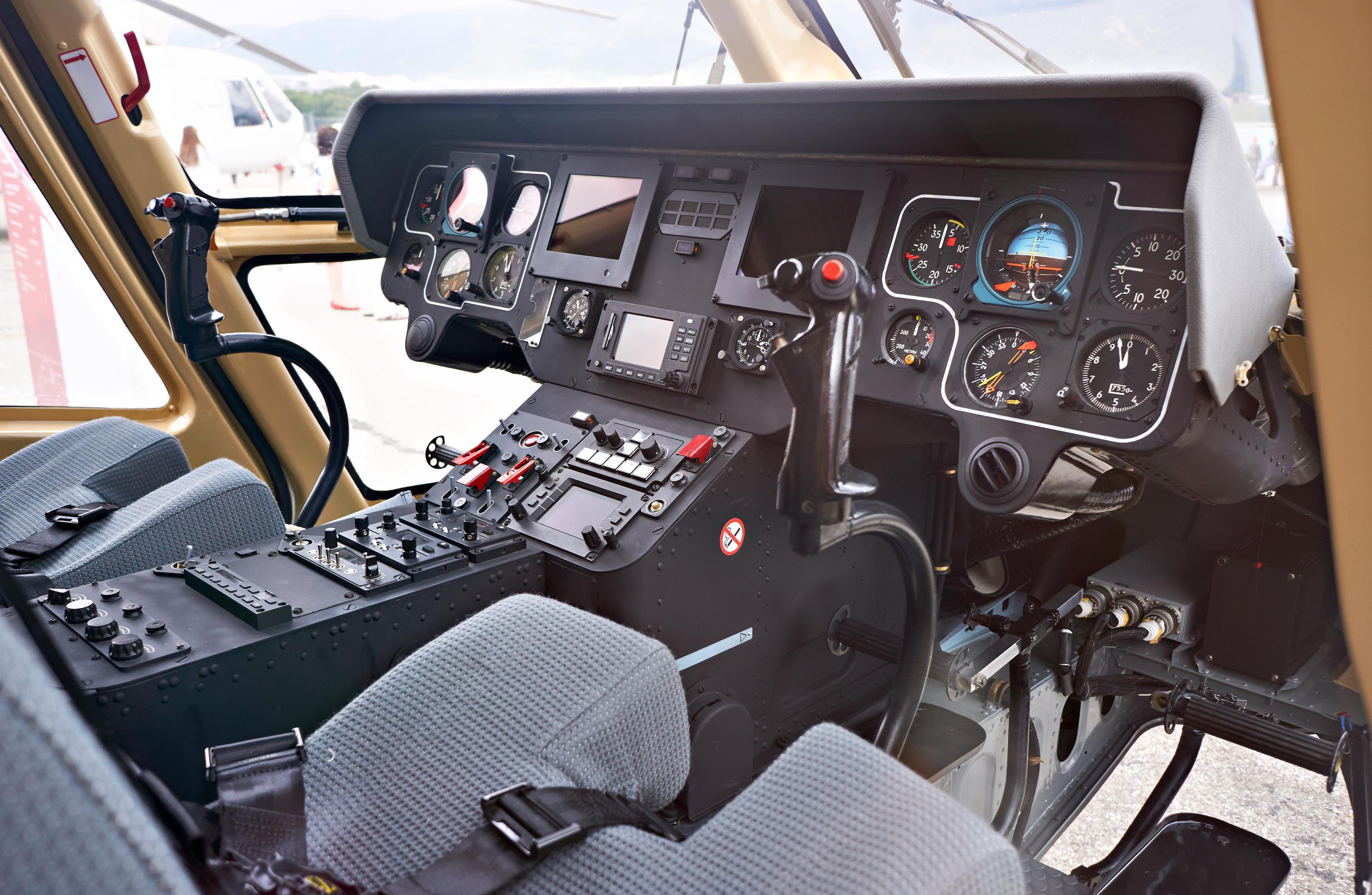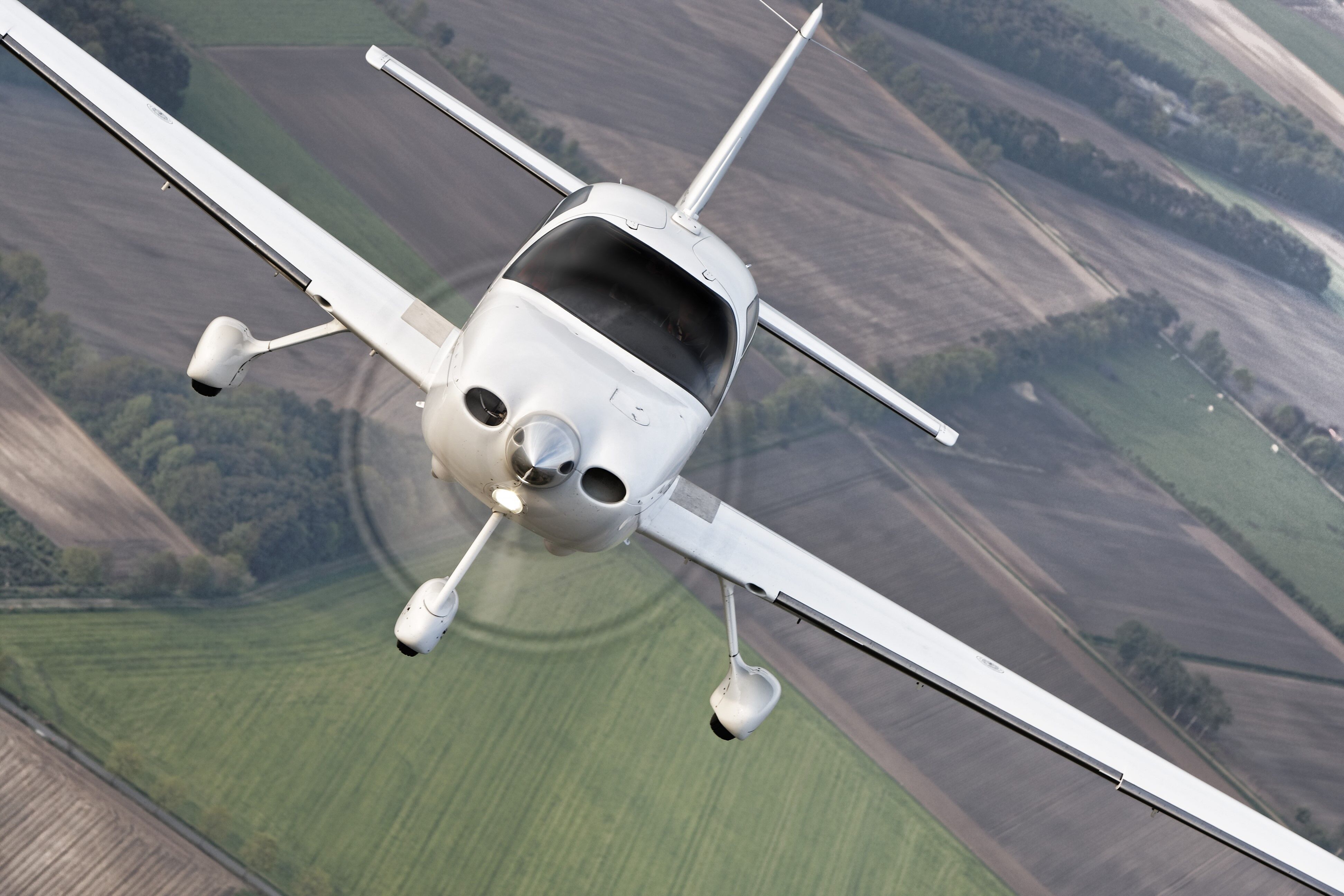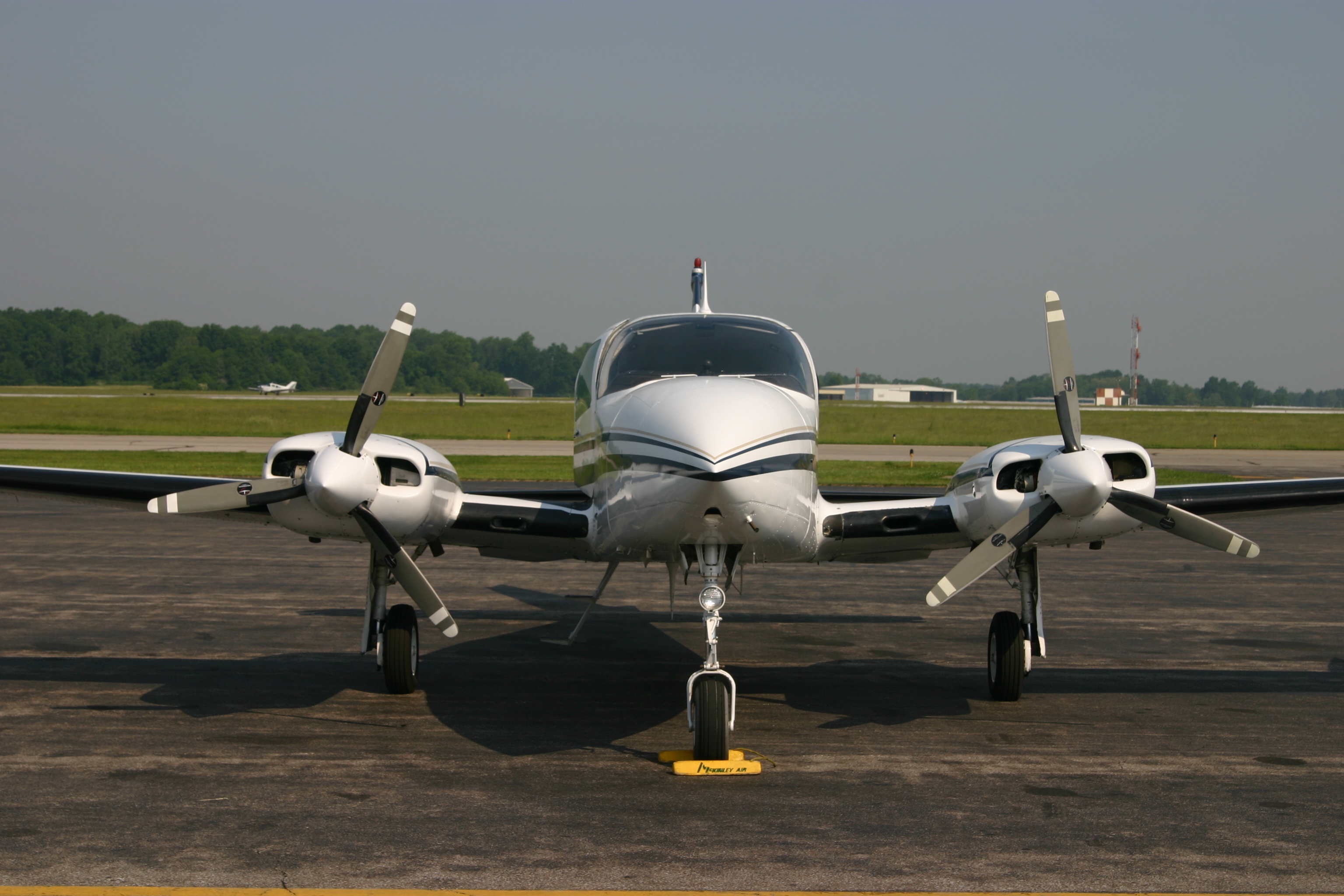Buying and Selling a Used Aircraft: Not as Simple as it Seems
As a buyer, your goal is simple: make sure you get what you think you are paying for. The only way to know for sure is with a proper pre-purchase inspection. Does your purchase agreement really give you the critical inspection rights you need? Ours do. As a bare minimum, your purchase agreement should provide for:
- A pre-purchase inspection by the mechanic of the buyer’s choice, within a reasonable distance to the aircraft’s current home base. The mechanic chosen by the buyer should not have worked on the aircraft before, as they would have an inherent conflict of interest to glance over their own prior work.
- The unconditional right to walk away if the inspection is not to the buyer’s satisfaction. Too many broker agreements only require the seller to fix the “airworthy” items, leaving the buyer to accept all other discrepancies.
- Certain representations and warranties by the Seller as to title, taxes, and FAA certification.
As a seller, your goal is also simple:
- Get paid, and
- Minimize future liabilities.
Getting paid is more than just requiring the buyer to deposit funds into escrow. There must be specific deadlines for the pre-purchase inspection, how soon the buyer must identify any discrepancies, and how they are to be resolved.
With regard to liabilities, beware of the seller’s cardinal sin in a purchase agreement: representing that your aircraft is “airworthy”. You really don’t know! That’s what the buyer’s mechanic is for.
For more information on buying and selling a used aircraft, see our principal attorney’s Legal Zone column HERE.





